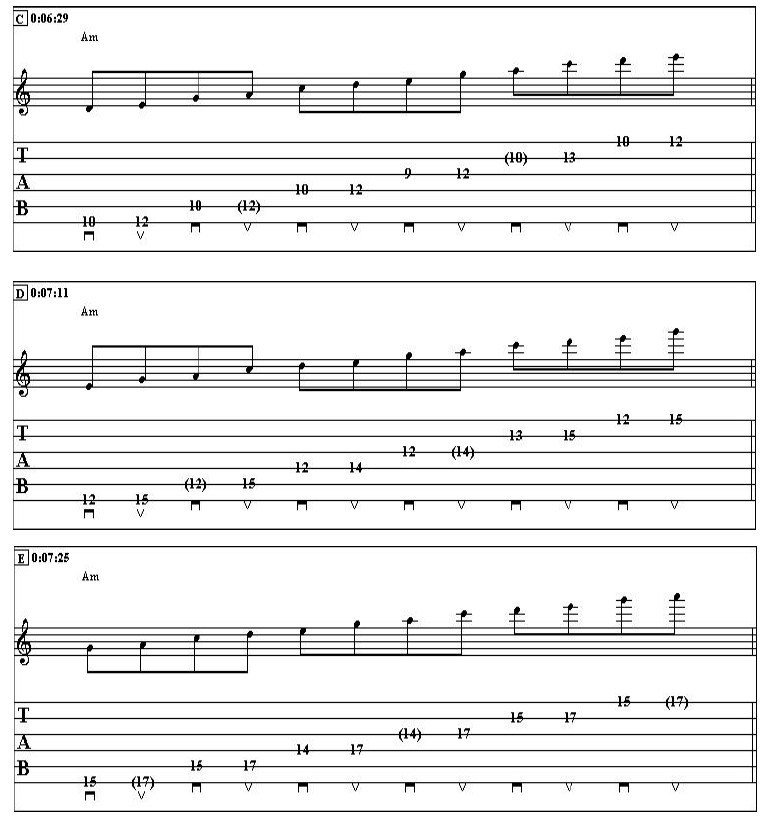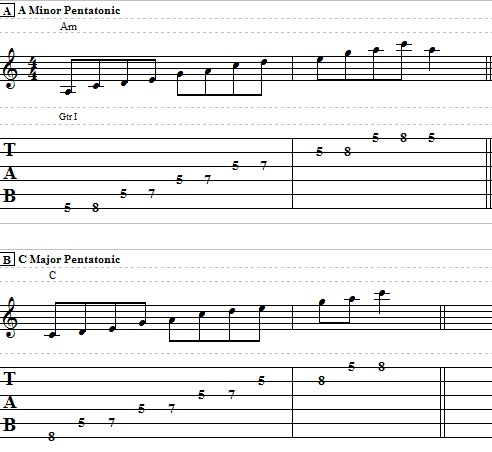How’s it going, guys? This is John McClennan
and I’m here with guitarcontrol.com,
bringing you this video lesson and we’re
continuing our little series of lessons
on what I call the hexatonic scale,
which is a six-note scale. It’s your major
scale with the fourth step removed.
We need to keep filling out all the positions
of the guitar with licks and vocabulary that
use this sound. So right here we’re looking
at that 7th position and I’m going to play
this G major 7 chord, which is 10, 9, 7, 7,
a nice, great voicing here. And then the lick
is going to start right on the last string
that I’m playing, the 2nd string and I’m going
to start with this half step and then 9th fret,
7th, 9th, 7th, 10th, sliding into 9th and then
I play the 10th, 7th. So it’s… Or without
the pull-off. If you’re swinging it. Just a
great lick there, coming off your G major 7.
And to me it just so nicely outlines
that chord voicing.
So be sure to play the chord first and then
see how the line relates to that so you know
how to apply it. So if you just set up a jam track,
maybe record yourself vamping with a click.
And then you’ve got. Again, I’m not going…
When I add that C note, that fourth step,
all of a sudden it starts to sound more like a scale.
The other thing is, when I play a G major 7,
the C note is one note that we don’t — it’s an
avoid note. You don’t really want to hear that
note over the chord. You’d rather hear like
the 3rd or say the 5th. So when we remove that
note altogether, it just naturally tends
to sound better. I’m not saying that you
can’t play that note, it’s just all in
how you use it.
Click the link below and get the tab
for this and we’ll see you in the next lesson.
Thanks for watching.




